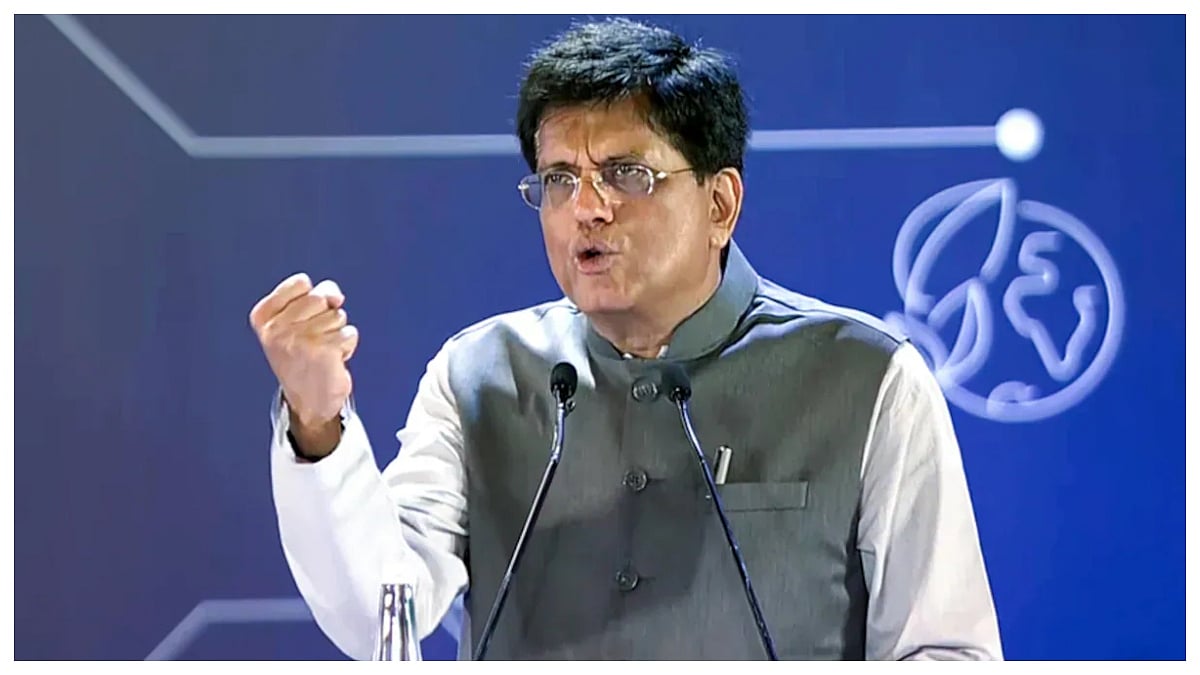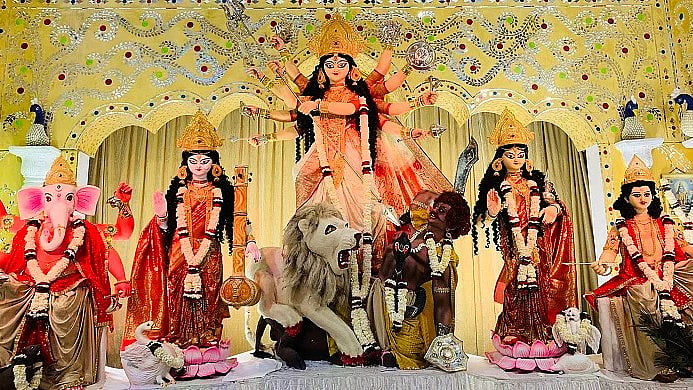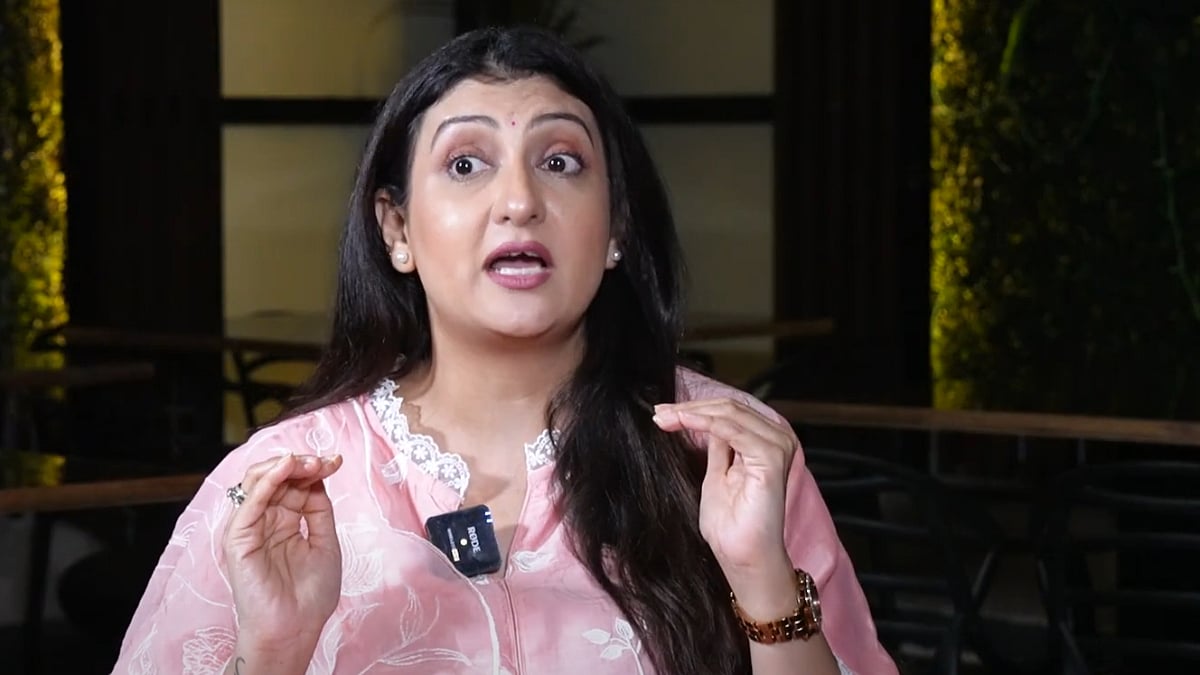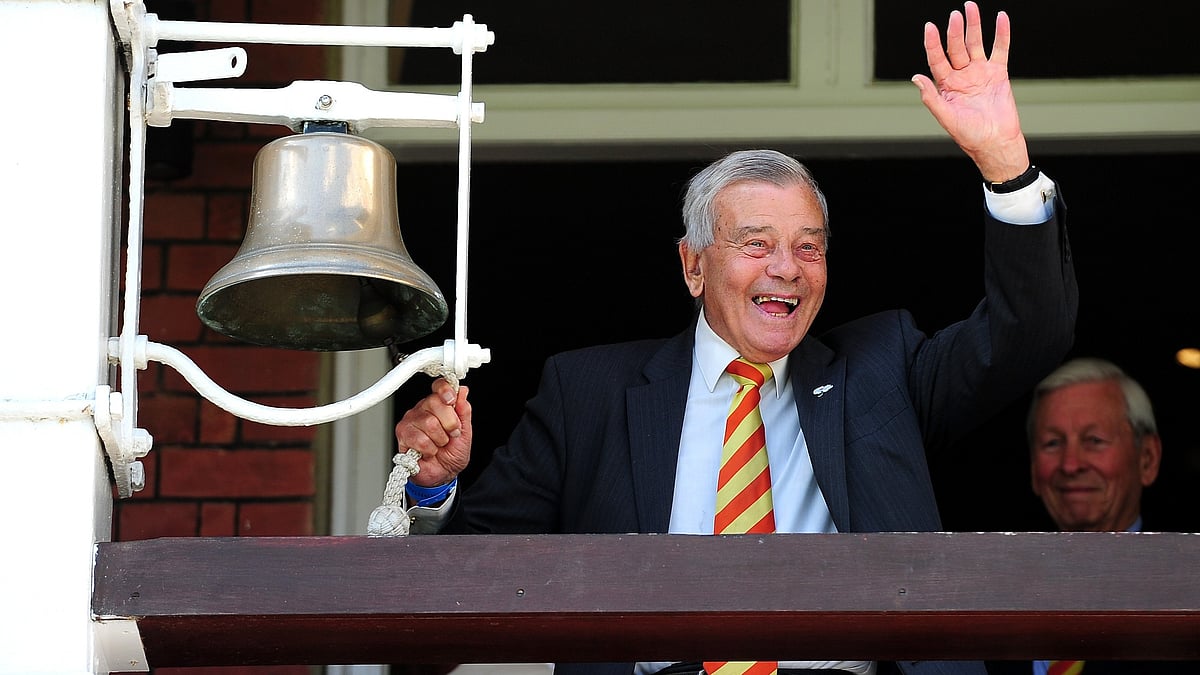The credit for the victory of AAP in the recent Delhi elections is being given to the free electricity, water and bus travel for women provided by the State Government of Delhi. Question is if this model can be replicated by other states — especially larger states like Uttar Pradesh and Bihar?
The per capita income of Delhi in 2018-19 was Rs 365K per year against 61K of UP and 49K of Bihar. The per capita Budget of the State Government was Rs 37,000 for Delhi, 26,000 for UP and 19,000 for Bihar. The actual differences are more skewed because the expenditures on Delhi Police are borne by the Union Government. Further, Delhi being a smaller region requires lesser expenditures on roads and similar facilities. Thus, the comparable figures are likely to be Rs 50,000, 26,000 and 19,000 per capita for Delhi, UP and Bihar respectively. It is therefore not possible for the poorer states to bear the recurring expenditures on free electricity and water as done by AAP in Delhi.
The electoral benefits of such freebies do not appear to sustain either. The Congress started MNREGA and waived off loans of farmers and won the 2019 elections. MNREGA continues to run. However, it lost the elections in 2014. Indeed there were other factors but that is always the case. About 10 states have waived off farmers’ loans since 2014 and many have provided free electricity to the farmers — yet the ruling parties have repeatedly lost the elections. This indicates that freebies are like steroids that dissipate soon. That said, the free electricity, water and bus travel could stand on a different footing than loan waivers. A farmer does not “get” anything from the waivers. He only does not have to bear a negative. This saving of the negative does not hit the farmers’ consciousness with the same force as free electricity — which hits him every time he switches on the tube well. Secondly, these freebies reach only a small farmer section of the population. The share of agriculture in our GDP is about 17 per cent today. Although about one-half of the total population lives in the rural areas, large numbers do not make a living from agriculture. A number of occupations such as weaving and pottery are undertaken in the villages but their economics is linked to the city. These artisans do not benefit from the free electricity and loan waivers. Thirdly, free electricity, water and bus travel directly enter into the consciousness of the family members whereas loan waivers mainly enter into the consciousness of the breadwinner.
The lesson for other states wanting to replicate the Delhi model is to give such freebies that hit the consciousness everyday rather than those that hit one time. Insofar as the budget problem is concerned, I think the basic model of AAP of providing free water and electricity to the small consumers is in the right direction. A solution for the budget-constrained states would be to cross-subsidise the small consumers — increase the tariffs for the high-end consumers to cover the loss from free provision to the small consumers. Conclusion is that the Delhi model of freebies is replicable, subject to (1) implementation of cross-subsidies; (2) if designed in a way to reach large numbers of people every day rather than a small subset of the farmers; and (3) reach them through services that the people use directly every day rather than through one-time loan waivers that provide once-a-year relief.
The second aspect of the victory of AAP is the improvements in the delivery of health and educational services. People are getting some free medicines, even if not all; and the doctors respond to their needs. The infrastructure in schools of classrooms, play grounds and auditoriums have improved. The principal of one government school said that the teachers had been sent for spiritual and academic training, which bore fruit as a higher standard of teaching. The hands down approach of Deputy Chief Minister Sisodia contributed to this improvement. He is reportedly a spiritually-oriented person. He is accessible to the complainants, visits the schools and hospitals frequently and is in the personal know of the efficient and inefficient doctors and teachers. He can appoint people in key positions based on his personal knowledge.
This model is similar to the one that was implemented by Shri Narendra Modi in Gujarat. He was accessible to the complainants and knew the officials from across the state personally. Improvement in the implementation of projects such as making of highways was secured by him on the back of such appointments. However, the conditions of government schools and hospitals did not show much improvement. Thus, the improvement in the provision of health and education services secured in Delhi is not replicable on a larger scale because the capacity of a Minister to receive and internalise the inputs from large numbers of hospitals and schools is limited. As a result such person-based model of governance could be suitable for health and education in a small state like Delhi, or for infrastructure development in a large state like Gujarat but not for health and education in a large state. We should also not forget that the improvement in governance — trains ran on time, for example — secured during the Emergency dissipated in but a week after its removal. Therefore person-based models of good governance are almost impossible to sustain.
The way forward it to develop systemic solutions for good governance. A friend from Kannauj said that it was routine practice for the government teachers to give a fixed bribe to the village Pradhan and appoint a youth having passed 12th grade to teach the primary classes as a surrogate teacher. The Government teacher would draw a salary of Rs 50,000 per month, pay Rs 1,000 to the Pradhan and Rs 5,000 to the surrogate teacher and routinely pocket the rest as a free income. The Minister sitting in Lucknow can hardly keep a vigil on such widespread malpractices. The need is to develop a system that prevents such malpractices. This could be done by a combination of independent audits, appointment of spies, and anonymous evaluations by the users such as hospital patients and parents of school-going children.
The writer is former professor of Economics at IIM Bangalore.











